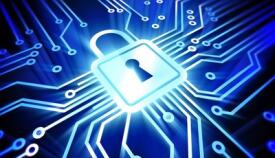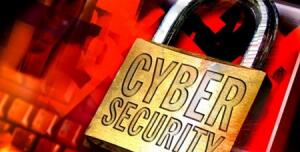Avoiding Cybercrime Dangers: Stump hackers by changing key default settings
 [This post is the eight in a series. The original post can be found here.]
[This post is the eight in a series. The original post can be found here.]
Changing the default settings for the hardware and software used in your office is another critical step in safeguarding the security of your data and protecting yourself from cybercrime. This is probably the most technical of the steps outlined in this article and you may need expert help.
Every computer operating system, program, and app, and every piece of hardware has certain preset or default settings. These are necessary to make them operate out of the box in a consistent manner that the vendor and user will expect.
However, these default settings are common knowledge (and if you don’t know them, you can find them with Google in about five seconds), and hackers can use them to compromise a network, computer or other device. For example, if the administrator account on a computer is named “Administrator” (it frequently is), a cybercriminal only has to work on figuring out the password to hack into a system or device. If you change the name of the Administrator account to something different, your computer is much safer as the hacker has to work much harder to figure out both the name of the administrator account and its password.
You can make your systems much safer by changing the following key default settings:
- administrator account names
- server names
- network or workgroup names
- ports (change to non-standard ports and close standard ports that you don’t use)
- standard share names
Dan Pinnington is the Vice President of Claims Prevention at practicePRO. This article first appeared in the December 2013 issue of LawPro magazine. Reprinted with permission. For more cyber safety tips, visit www.lawpro.ca.




